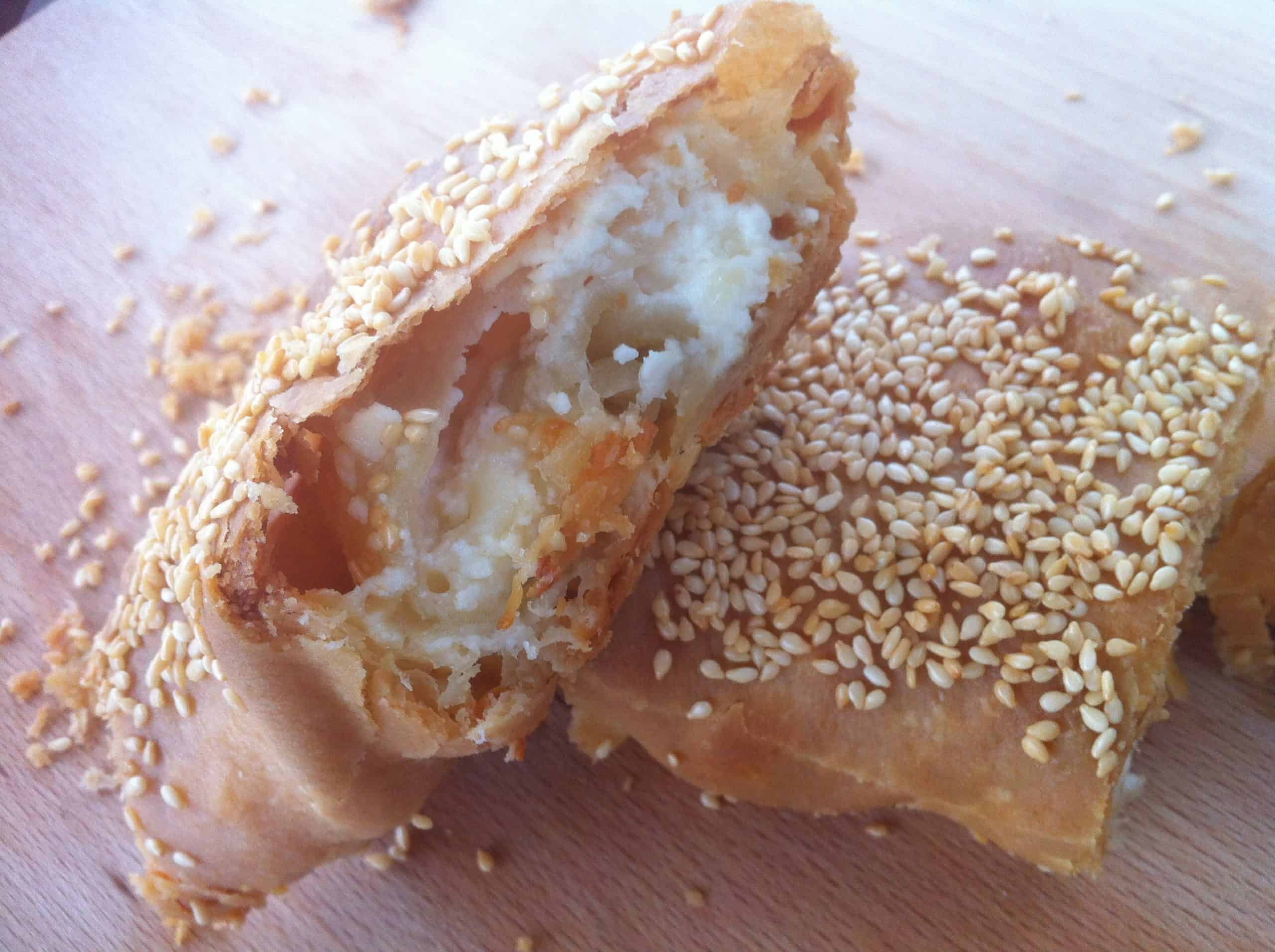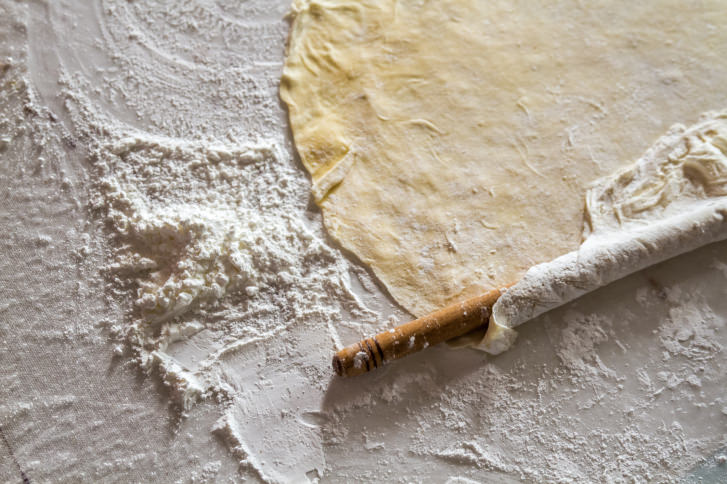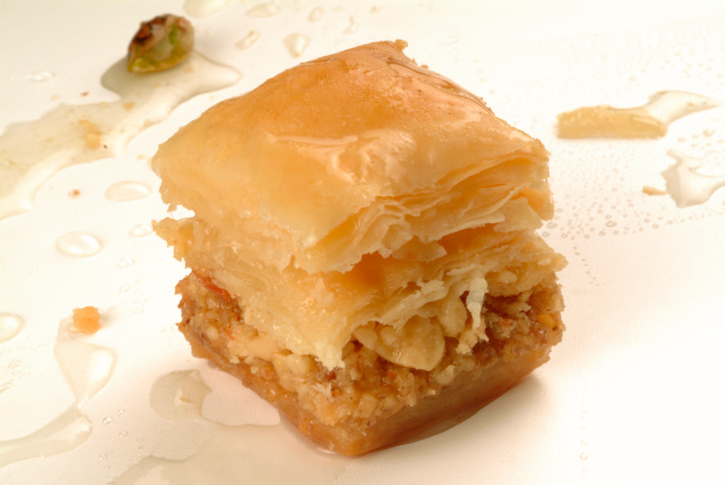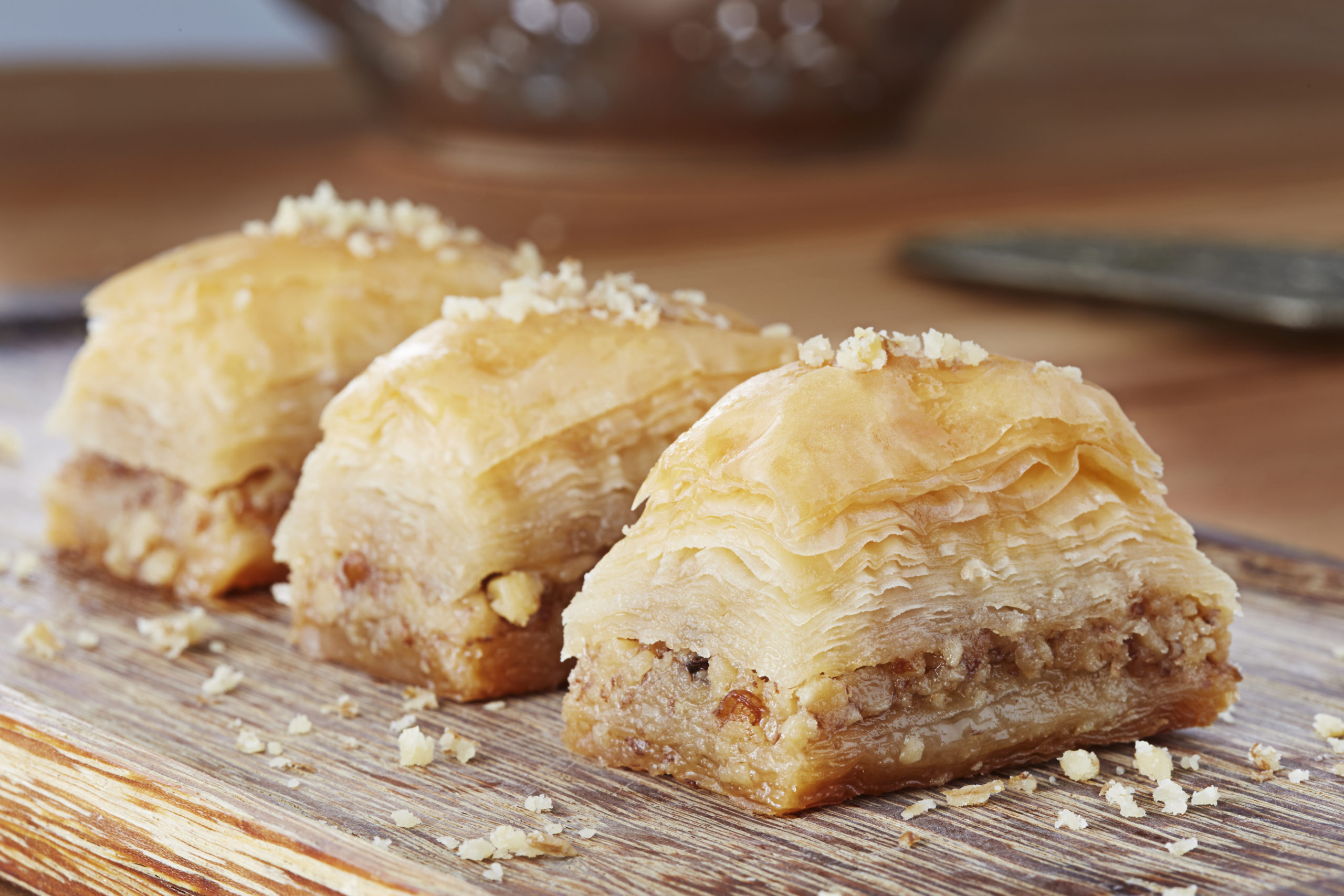This is difficult to make, but my advice is to focus on the flavour and not so much on the technique, you will get the technique of making super thin layers later on. This is my favorite recipe, super simple and laid out

 www.mygreekdish.com
www.mygreekdish.com

Easy Homemade Phyllo Dough Recipe for Beginners!
There is nothing better than a homemade pie, made with homemade phyllo! Crunchy, buttery, full of flavours, well made phyllo can transform your favorite pie but is notoriously difficult to make. I have put together my favorite phyllo recipe with step by step instructions to help you succeed on...





